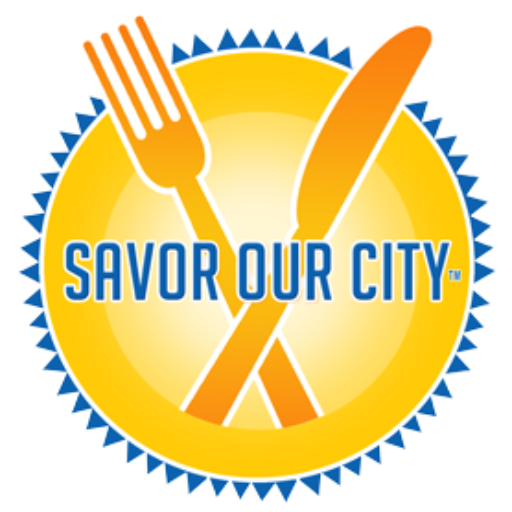Blog by: Guest Contributor Jesse Clark, Soulful-travel.com
It’s no longer enough to just eat well. Travelers aren’t simply sitting down to meals anymore—they’re rolling up their sleeves, tying on aprons, and stepping into the kitchens, fields, and alleyways that define a place. Culinary tourism has quietly transformed into something richer: a journey of texture, story, and participation. You’re not just a diner now—you’re part of the narrative.
The Rise of Participatory Palates
Gone are the days when snapping a photo of a plate was the highlight of a gastronomic adventure. Now, visitors crave the story behind the recipe, the wrinkle in the grandmother’s hand as she kneads dough, the hiss of oil before the spices bloom. Cooking classes taught by local instructors have become the new must-do, offering more than skills—they offer access, connection, and a glimpse into domestic rituals otherwise closed to outsiders. It’s about standing where others stand, stirring what others stir, and tasting not just food, but place.
Markets as Living Classrooms
Far from being transactional spaces, markets have become epicenters of informal education. Whether you’re wandering through a floating market in Vietnam or picking up huitlacoche in a Mexico City tianguis, it’s clear these stalls pulse with culture. Travelers are lingering longer, asking more questions, jotting down names they can’t pronounce and trying samples that challenge their palates. There’s a kind of choreography in watching a fishmonger scale a snapper or a vendor slice mango with practiced precision—and by observing, tasting, and buying, you become a student of the local foodways.
Chef-Led Tastings with a Side of Intimacy
What used to be a formal chef’s table is now morphing into something more relaxed, personal, and revealing. In Lisbon, you might find yourself in a chef’s home kitchen, seated at a long reclaimed wood table while cod croquettes fry a few feet away. These experiences trade polish for presence, inviting you not only to eat but to listen—to hear how a dish came to be, which memory it’s built on, what ingredient was impossible to find during the pandemic. You leave with a belly full of flavor and a head full of context.
Keeping Culinary Plans Tidy on the Road
When you’re bouncing between ramen stalls in Kyoto and truffle farms in Piedmont, staying organized can make or break the rhythm of your trip. Travelers and tour planners alike are gathering everything from chef bios to handwritten spice lists into one cohesive file before heading out. With online tools making it easy to turn messy, mismatched formats into clean PDFs, it’s become second nature to prep digital guides that look sharp no matter the device or printer. If you haven’t streamlined your own food tour yet, check this out—it’s the simplest way to turn any file into a PDF.
Cultural Storytelling on the Plate
It’s not just about eating well—it’s about decoding a culture through its food. A single dish might carry layers of migration, resistance, adaptation, and survival, and the best food tours are now anchored in those deeper narratives. You’ll hear about the colonial past stitched into Sri Lankan curries, or the symbolism of bitter herbs during a Jewish seder meal shared in a Brooklyn loft. These stories have weight, and when they’re folded into the experience, they transform a meal into a kind of edible archive.
Smell, Sound, and Texture: The Other Senses Come Alive
Food tourism today isn’t just a visual or gustatory pursuit—it’s tactile and sensory in the broadest sense. The crunch of injera beneath your fingertips, the waft of lemongrass and diesel as you cross a Bangkok street, the clatter of tagine lids in a Moroccan souk—all of these details now matter. Travelers are paying closer attention, not just to the food but to the context of its making and sharing. You don’t just want to know what’s on your plate—you want to know what it sounded like coming off the pan.
Local Knowledge as Luxury
In an age where “authentic” has become both a goal and a buzzword, access to insider food knowledge has become a new kind of status symbol. Travelers aren’t just going for what’s listed on a blog or TripAdvisor anymore—they’re seeking introductions to neighborhood joints that don’t advertise and grandmother recipes whispered in back alleys. The most prized experiences aren’t the Michelin stars but the moments of genuine connection: being invited to share a meal during Ramadan, or learning the spice blend passed down through generations in a Tamil household. Real luxury is intimacy with a place and its people.
Food as a Portal to Community
Perhaps the most powerful shift in culinary tourism is how it’s creating micro-communities—brief, intimate moments where you’re folded into the daily life of someone else. It might be a pop-up dinner on a Kenyan farm, or a baking session with Kurdish refugees in Berlin. You arrive as a stranger, but the act of sharing food—of preparing and eating together—flattens difference and dissolves awkwardness. For a few hours, there’s no hierarchy, no transaction, just a communal rhythm of chopping, chatting, and passing plates.
The immersive turn in culinary tourism is less about technique and more about texture—the texture of stories, of hands, of neighborhoods. It’s a move away from consumption toward connection. You’re not just taking in calories; you’re absorbing memory, place, and people. And maybe that’s the quiet revolution unfolding at tables and stoves around the world: a realization that the best meals are the ones that teach you something, not just about food, but about the lives lived around it.
Discover unforgettable culinary experiences with Savor Our City and find flavor and connection through our custom group events and food tours!




